Workouts, Your Way: Adapting Workouts to Personal Preferences
Customize Intensity and Volume
Rate of Perceived Exertion (1–10) lets you adjust on the fly. Feeling great? Nudge to 7–8. Feeling tired? Settle at 5–6. This flexible approach respects your body’s signals while keeping your plan sustainable over months, not just weeks.
Customize Intensity and Volume
Adopt ranges instead of rigid targets: 3–4 sets, 8–12 reps, rest 60–120 seconds. Prefer shorter, punchier sessions? Keep intensity sharper and volume lower. Enjoy longer rhythms? Stretch the session and savor the flow. The principle is yours to personalize.


Choose Modalities You Actually Enjoy
If Rhythm Moves You, Lean Into It
Dance-based conditioning, jump rope flows, or beat-matched cycling can make effort feel playful. Many people stick with training longer when music and rhythm are part of the experience. Try a playlist at 120–140 BPM and notice how time simply flies.
If You Prefer Quiet Focus, Go Deep
Strength training, Pilates, yoga, or kettlebell practice reward precision and calm. Slow, intentional reps can turn exercise into moving meditation. One reader swapped noisy classes for focused lifts and found their best progress—and genuine joy—in silence.
If Variety Thrills You, Build a Hybrid
Mix modalities across the week: one strength day, one interval day, one long easy session, and one adventurous play day. Variety keeps curiosity high while distributing stress smartly. Tell us your favorite combo, and we’ll sketch a fun template to try.
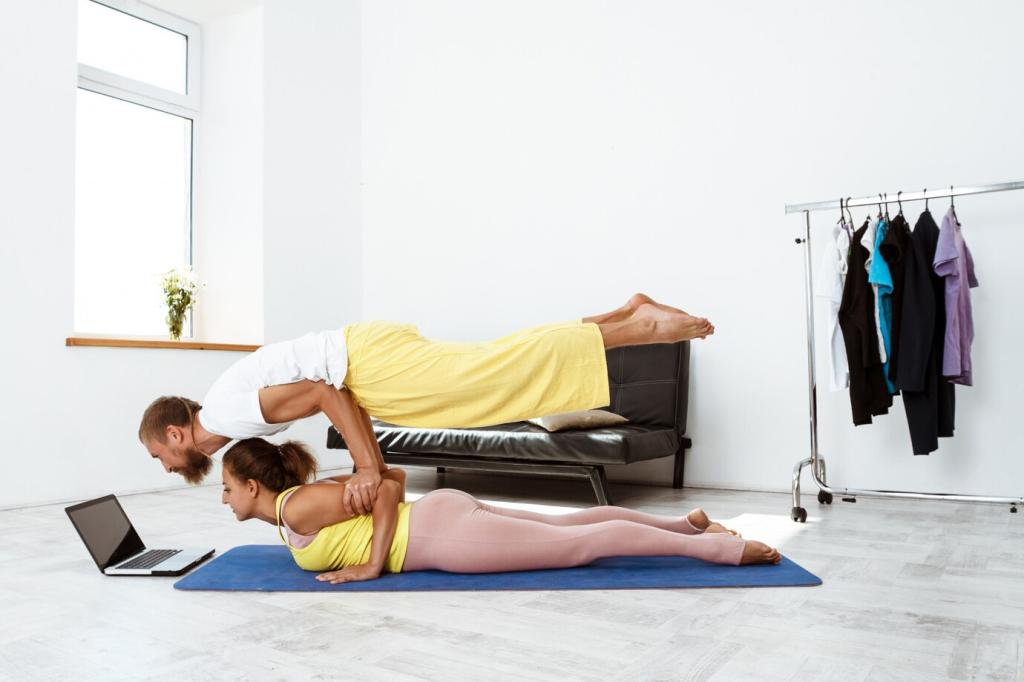
Curate Your Soundscape
Match music to the moment: slower beats for mobility, moderate tempos for steady cardio, powerful tracks for lifts. Noise-sensitive? Use noise-canceling headphones or ambient playlists. A sound that suits you can turn hesitation into momentum within minutes.
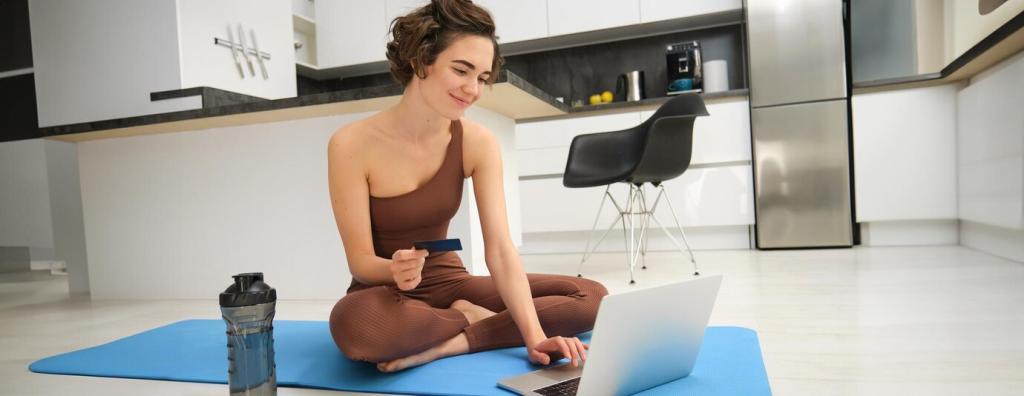
Design a Friction-Free Space
Keep a mat visible, set dumbbells by the desk, preload your app, and lay out clothes the night before. Minimal equipment routines—bodyweight circuits or resistance bands—reduce barriers. Convenience is not laziness; it is thoughtful design for consistency.
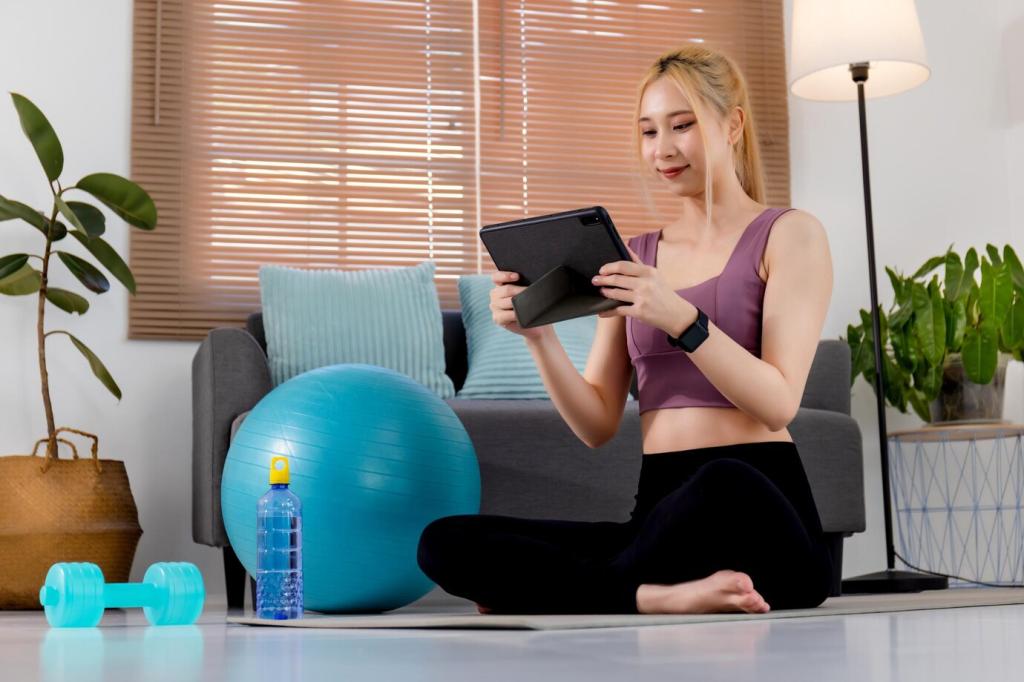
Choose Outdoor vs. Indoor Intentionally
If weather and sunlight lift you, schedule outdoor sessions for mood and recovery. Prefer climate control and structure? Indoors wins. A weekend trail run or park mobility session can feel like a mini-vacation, refreshing both body and mind.
Personalize Recovery and Scheduling
Morning lark? Front-load your day with energizing movement. Night owl? Lean into late-day sessions when you feel strongest. Consistency at your preferred time often beats chasing an “ideal” schedule that never sticks. Experiment, then commit to what feels right.
Personalize Recovery and Scheduling
If you dislike long static stretches, try gentle flows, walks, or breathwork between sets. Enjoy gadgets? Use them, but pair with basics: sleep, hydration, and protein. Recovery should feel restorative, not like homework you dread avoiding every week.
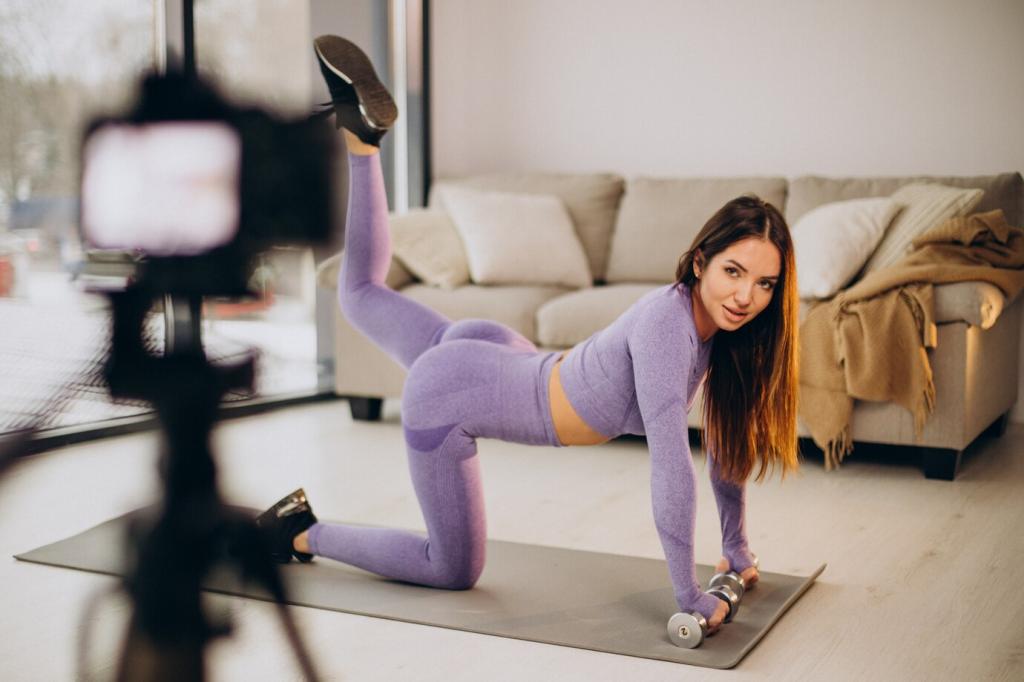

Track What Matters to You
Log energy, sleep quality, mood, and confidence alongside sets and reps. Many people notice motivation spikes when they see how movement boosts daily life, not just numbers. Those subjective wins are the glue that keep habits alive.

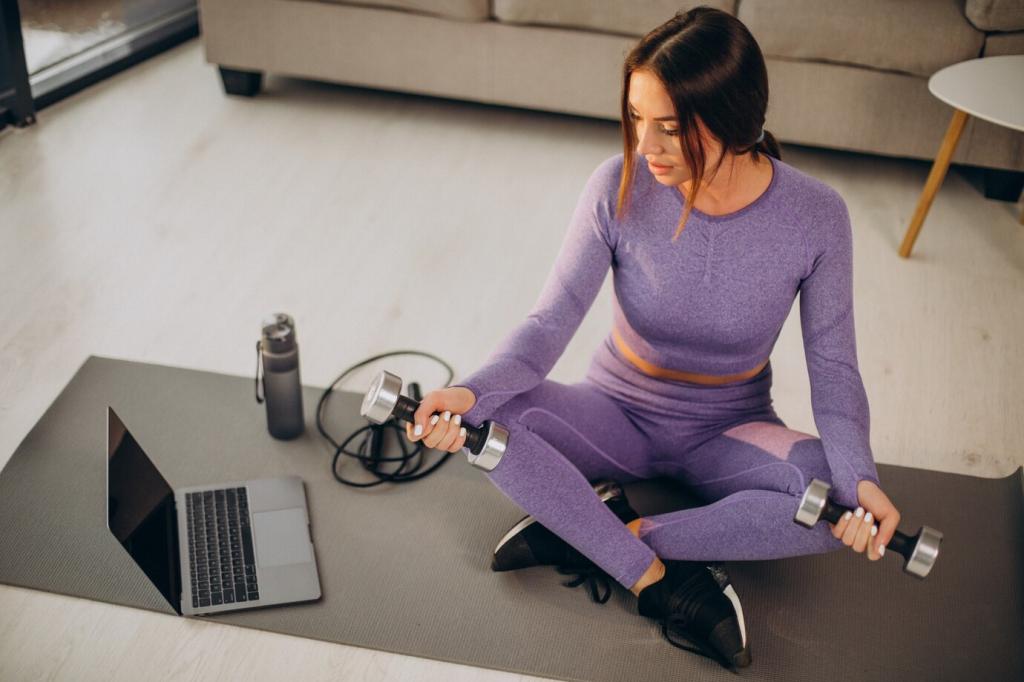
Track What Matters to You
Pick milestones that excite you: your first unassisted push-up, a 5K with friends, mastering a yoga pose, or hiking a favorite trail. Choose two or three that resonate now, then rotate as your interests evolve throughout the year.
